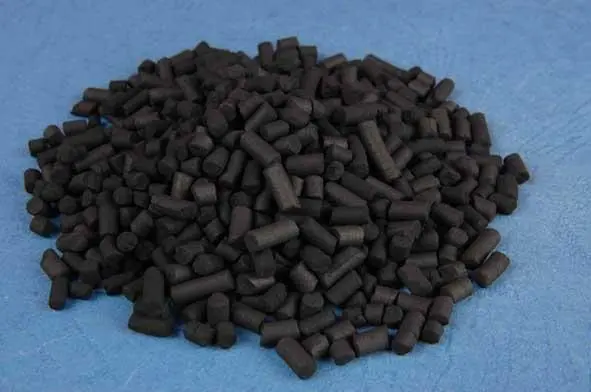


Recently, the Institute of Electrical Engineering at Xi'an Jiaotong University, the National Key Laboratory of Electrical Materials and Insulation, and the New Nanomaterial Energy Storage and Conversion Research Center have developed a new high water resistance and low temperature denitrification catalyst IPA-MN-BTC. The study of catalysts has solved the problem of difficult decomposition of ammonium bisulfate deposits in low-temperature denitrification catalysts, revealed the inherent reasons for their excellent water resistance, and proposed new ideas for improving the water resistance of low-temperature denitrification catalysts. The research results are published in the journal Applied Capital B.
Nitrogen oxides are one of the main pollutants causing fog, and ammonia selective catalytic reduction is currently the most economical and reliable denitrification technology. Low temperature denitrification can prevent energy waste caused by flue gas reheating, Prevent ammonia from oxidizing to form nitrogen oxides at high temperatures. However, there are bottlenecks in the application of low-temperature denitrification catalysts, which need to be overcome: the water in the flue gas and the water produced by the nitrite reaction react with sulfur dioxide and ammonia to form ammonium bisulfate deposited on the surface of the catalyst. Causing a decrease or even deactivation of catalyst activity. Therefore, combining excellent low-temperature denitrification and high water resistance, designing and developing combined denitrification catalysts, as well as solving the problem of ammonium bisulfate deposition during low-temperature denitrification, is of great significance for effectively controlling nitrogen oxides.
The inherent reasons for its excellent waterproof performance have been revealed, and new ideas have been proposed to improve the waterproof performance of low-temperature denitrification catalysts.
The new IPA-MN-BTC high waterproof and low-temperature denitrification catalyst is a transition metal organic framework structure with methyl function, rich in oxygen vacancies, unique layered porous structure and semi metallic properties, and excellent water resistance. The functionalization of methyl leads to the disappearance of smaller pore structures in the catalyst, weakening the capillary action of water, inhibiting water adsorption, and thus improving the water resistance of the catalyst. The presence of methyl functional groups also reduces the adsorption energy of water, weakens the competitive adsorption of water, ammonia, and nitrogen oxides, thereby improving the water resistance of the catalyst and enhancing its low-temperature denitrification activity.
